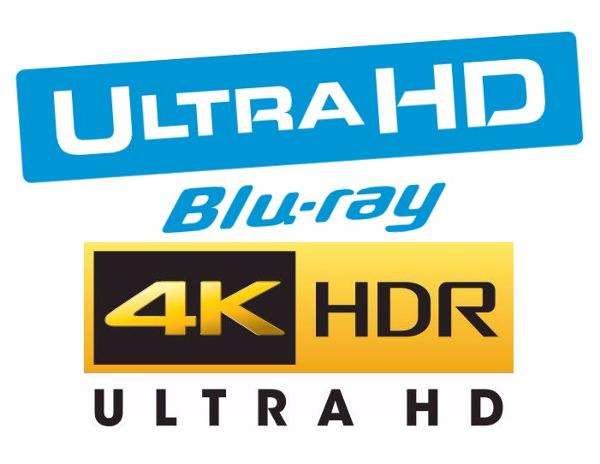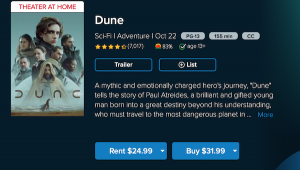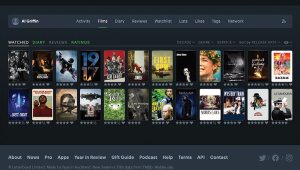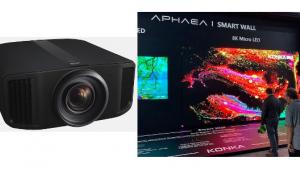Ultra HD Settles In Along with UHD Blu-ray & HDR

• UHD TV shipments for 2016 were estimated to be up by more than 80 percent in 2016 versus the year before, and to grow another 40 percent in 2017. By year-end 2016, U.S. household penetration was expected to be at 16 percent. By my calculation, using the current estimate of 125 million U.S. households, that amounts to 20 million homes now with at least one 4K TV.
• Since the launch last March of the Ultra HD Blu-ray format, more than 80,000 standalone players have been sold in the U.S. The BDA was counting nine models either on the market or promised, including those from Samsung, Philips, Panasonic, Oppo, Sony, and Microsoft .
• Nearly 90 UHD Blu-ray movie titles were out as of early November, and the sale of the one-millionth disc was expected to be imminent. Consumers were said to have spent more than $25 million buying UHD BDs. Fox, Lionsgate, Sony Pictures, Universal, and Warner Brothers are all participating in the market, and laggard Disney is rumored to be jumping in soon.
The BDA says our country’s network infrastructure is still woefully unprepared for the UHD revolution with the average bandwidth for U.S. households now at about 15 megabits per second.
• UHD content with HDR is now available on multiple platforms: UHD Blu-ray players/discs; streaming from 4K smart TVs and media players (Roku 4) via Amazon, Vudu, Netflix, and Fandango Now; and the Vidity download service also currently available via Fandango Now. This last option is noteworthy for enthusiasts: Vidity downloads are said to be full UHD Blu-ray image quality. You’re required to have a compatible, inexpensive hard drive such as the Western Digital My Cinema, which must be connected to a Vidity-compliant display (such as Samsung’s SUHD models) or other device such as a tablet, smartphone, or computer. These are movies for purchase, not rental, and once you own them, you can move them around to different secure drives/devices.Vidity hasn’t gotten much traction to date, but the Secure Content Storage Association (SCSA), the consortium behind it, is expected to announce changes soon to make the service more accessible. Stay tuned for more on this.
Not surprisingly to those who have experienced 4K internet streams against UHD Blu-ray Disc quality, the BDA says our country’s network infrastructure is still woefully unprepared for the UHD revolution. Akami, a provider of media delivery services to the industry, puts the average bandwidth for U.S. households now at about 15 megabits per second. Many get much less.
Netflix is recommending a minimum of 25 mbps for streaming 4K with HDR, but even in markets with the fastest service providers who can accommodate those speeds, only about 30 percent of users get to 25 mbps or higher. UHD Blu-ray Discs, as we’ve previously reported, can hit bitstreams of 100 mbps, and standard 1080p Blu-ray about 40 mbps. No wonder you can see the difference so readily.
So, what’s the takeaway from all this? UHD has arrived and become the default now for primary TV purchases, and HDR, as the most discernible UHD feature, is likely to see a big push. And streaming? Well...that’s just not the way to watch UHD, with or without HDR. But then, you already knew that, didn’t you?





























































